- Home
- Pumps
- Straight Self Priming Submersible Centrifugal Pumps
- Self Priming Pumps Motors Impellers Seal Kits
Self-Priming Pumps, Motors, Impellers & Seal Kits
Self-priming centrifugal pumps use suction lift to draw liquids from a source located below the pump's inlet. Before first use, these pumps must be primed to ensure a proper seal. Self-priming trash pumps handle liquids that contain larger solids or debris. Self-priming sprinkler pumps achieve press .....Read More
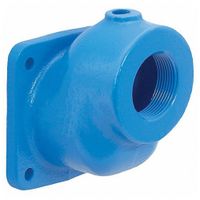
Check Valves for Self-Priming Sprinkler Pumps
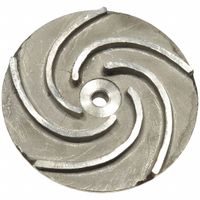
Impellers for Self-Priming Pumps
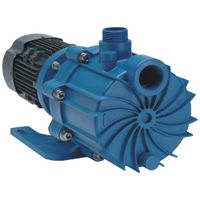
Magnetic-Drive Self-Priming Centrifugal Pumps
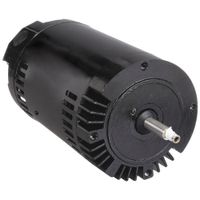
Motors for Self-Priming Pumps
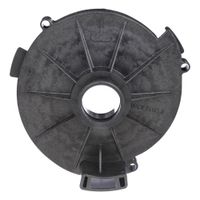
Repair Parts & Hardware for Self-Priming Pumps
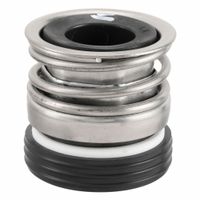
Seals & Gaskets for Self-Priming Pumps
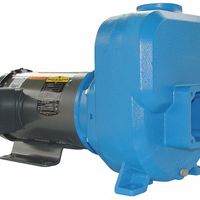
Self-Priming Centrifugal Pumps
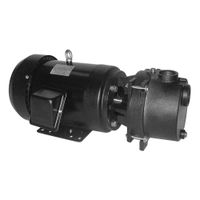
Self-Priming Centrifugal Trash Pumps
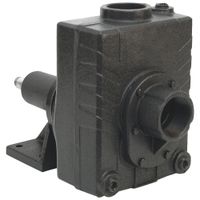
Self-Priming Pedestal-Mount Centrifugal Pumps
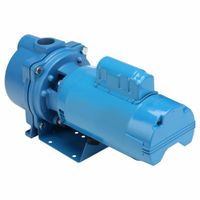
Self-Priming Sprinkler Pumps
Frequently Asked Questions
What is a self-priming centrifugal pump?
How does a self-priming pump work?
What are the advantages of using a self-priming pump?
How do you prime a self-priming pump?
What is the difference between a self-priming trash pump and a regular pump?
How do you maintain a self-priming pump?
What are common issues with self-priming pumps and how can they be resolved?